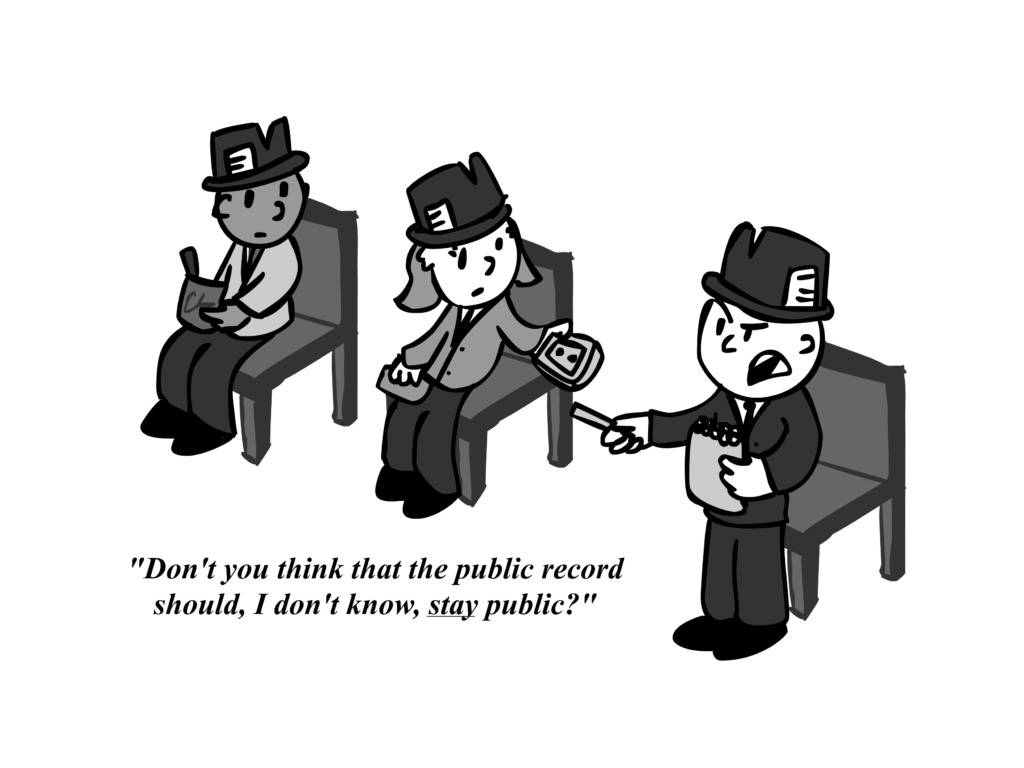Column by Robert Valentine, senior lecturer of advertising
During the week before Spring Break, the results of the Student Government Association elections were announced.
Tori Wood is the new SGA president and her victory came in a virtual landslide.
I say “virtual” landslide to distinguish it from a “literal” landslide – the term having come to mean an overwhelming indication of widespread voter support. Wood received nearly 80 percent of the vote, which is a clear margin of student support if ever there was one.
That margin, however, was measured by a majority of only 8 percent of the eligible votes. Less than one-tenth of the student population thought the election was worth the seconds it would have taken to cast a ballot – which could have been done from anywhere on campus and, in fact, from almost anywhere is the developed world.
Now, Wood’s election is just as valid as any U.S. presidential election in the last 100 years. That’s not the problem, nor is the result the election itself, since two qualified candidates sought the job and one of them won it fair and square.
Yet, there is a problem.
Wood now becomes one of the 11 most powerful people on campus in terms of the ability to change policy, to strengthen the value of a Murray State degree, to make a Murray State education more available to qualified students and to help guarantee the lives of everyone – students, faculty, staff and their families – will improve in the future. More importantly, she is the one of the 11 most responsible for representing the largest and most vulnerable interest group: the students.
Tori Wood has earned a place at that table.
Except for the students, faculty and the staff regents, all those folks are chosen by gubernatorial appointment. Before the governor appoints, lots of people get a chance to make recommendations and suggestions. I can’t tell you about the voting margin of victory for the faculty and staff regents, although I’m sure that figure is available. I can tell you this: a higher percentage of those electorates took part. It wouldn’t have taken much.
Why did so few students vote? Many of them were probably unaware of the election. There weren’t many signs on campus, and three or four students told me they were surprised there was an election. That’s OK: I find students are often unaware we had a test on this day or that, despite its prominent inclusion in the syllabus (whatever that is).
Some were too busy texting or watching the latest video of a kitten. You know it’s true: we all spend too much time looking for the meaning of life on YouTube.
And some just didn’t care. They didn’t understand that, if they want someone to actively seek lower tuition, a change in graduation requirements, lower housing costs – anything that makes a difference in their lives – Tori Wood or Lucas Reed was going to be that person. They didn’t see this election as a chance to voice their concerns that would be much more powerful than complaining on Twitter.
So what? So this: With a 90 percent voting rate, Tori Wood could own the board room. The implications for your education and your wallet could be enormous.
If you didn’t vote, you just sent Tori Wood to her first Board of Regents meeting with a popsicle stick instead of a club. Her passion to serve, her willingness to represent you and all the intelligence she can muster will be blunted by the collective knowledge that fewer than one in 10 of all students seems to care.
By all reports, Tori Wood is a bright, articulate young woman with a desire to serve both students and the institution. Whatever happens from here on out, however, will be all Tori. Except for 856 people, the student body doesn’t care. They can be easily to ignored. All 100 percent of them.
































































































